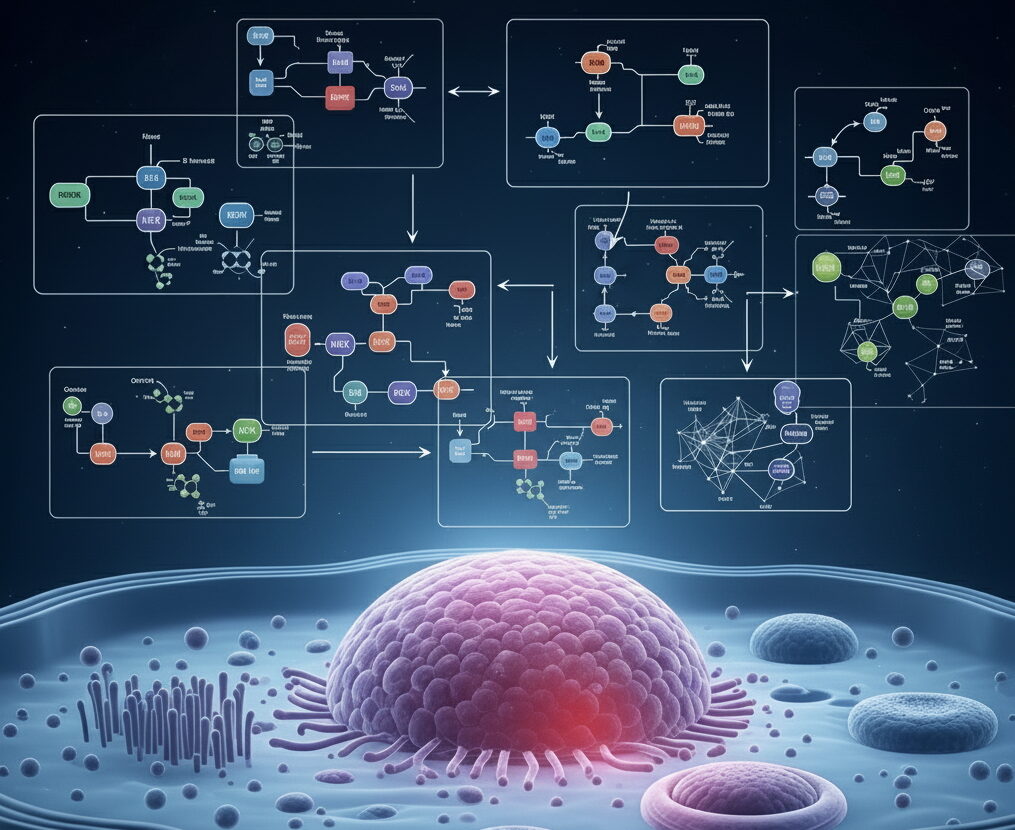Discovery of ketosis-related pathway could lead to new approach for obesity treatments
Collaborators

A team at Stanford University has discovered a new metabolic pathway in mice that could play a significant role in weight management and energy balance.
During ketosis – a metabolic state triggered by fasting or when eating a ketogenic diet – the body produces a molecule called β-hydroxybutyrate (BHB). BHB is known for its role as an energy source to support brain and muscle function when glucose from carbohydrates or sugar is low. However, this new study reveals a new function of BHB in mice that may have implications for obesity treatment.
The work was supported by an agility seed grant from the Wu Tsai Human Performance Alliance, the Knight Initiative for Brain Resilience at Stanford’s Wu Tsai Neurosciences Institute, along with other funding sources.

Canva Pro Images
Jon Long, an associate professor of pathology at Stanford University and institute scholar at Sarafan ChEM-H, and his team found that BHB can be diverted from its usual energy role to create a new class of compounds called BHB-amino acids. The researchers term this process the “BHB shunt”.
One BHB-amino acid in particular, known as BHB-Phe, activates specific brain regions linked with hunger regulation. When administered to obese mice, BHB-Phe activates neurons in the hypothalamus and brainstem, suppressing appetite and reducing food intake.
The key to the “BHB shunt” process is an enzyme called CNDP2. Interestingly, CNDP2’s effects are evident only under certain conditions, such as ketosis stimuli, suggesting that the gene for CNDP2 interacts with specific environmental conditions to impact energy balance.
This new pathway is also conserved in humans, suggesting that BHB-Phe could play a similar role in human metabolism. If this compound regulates hunger and prevents weight gain in humans, it could be a promising new approach to managing obesity.
“Next we’re investigating how variations in BHB-amino acid levels and the CNDP2 genotypes may impact obesity,” said first author Maria de los Dolores Moya Garzon, a postdoctoral fellow at the Wu Tsai Human Performance Alliance and Stanford University School of Medicine. “This is early-stage research that’s opened a whole new area of investigation for metabolism. I’m excited to see where this discovery will lead us.”
For more information, read the press release.
Media coverage: SciTechDaily, Technology Networks, Neuroscience News
The research is published in Cell. The study is part of the Wu Tsai Human Performance Alliance Molecular Athlete moonshot that maps molecules and gene expression to help maximize performance, healing, and recovery.
Co-authors include Mengjie Wang, Veronica Li, Xuchao Lyu, Wei Wei, Alan Sheng-Hwa Tung, Steffen Raun, Meng Zhao, Laetitia Coassolo, Hashim Islam, Barbara Oliveira, Yuqin Dai, Jan Spaas, Antonio Delgado-Gonzalez, Kenyi Donoso, Aurora Alvarez-Buylla, Francisco Franco-Montalban, Anudari Letian, Catherine P. Ward, Lichao Liu, Katrin Svensson, Emily Goldberg, Christopher Gardner, Jonathan Little, Steven Banik, and Yong Xu.
Latest News

September 23, 2025
In sprinting, where the foot lands may be key to speed

September 17, 2025
Cyclists with similar power use different muscle strategies

September 15, 2025
A new framework for trusting modeling predictions in biology
Get Engaged
Join our mailing list to receive the latest information and updates on the Wu Tsai Human Performance Alliance.
